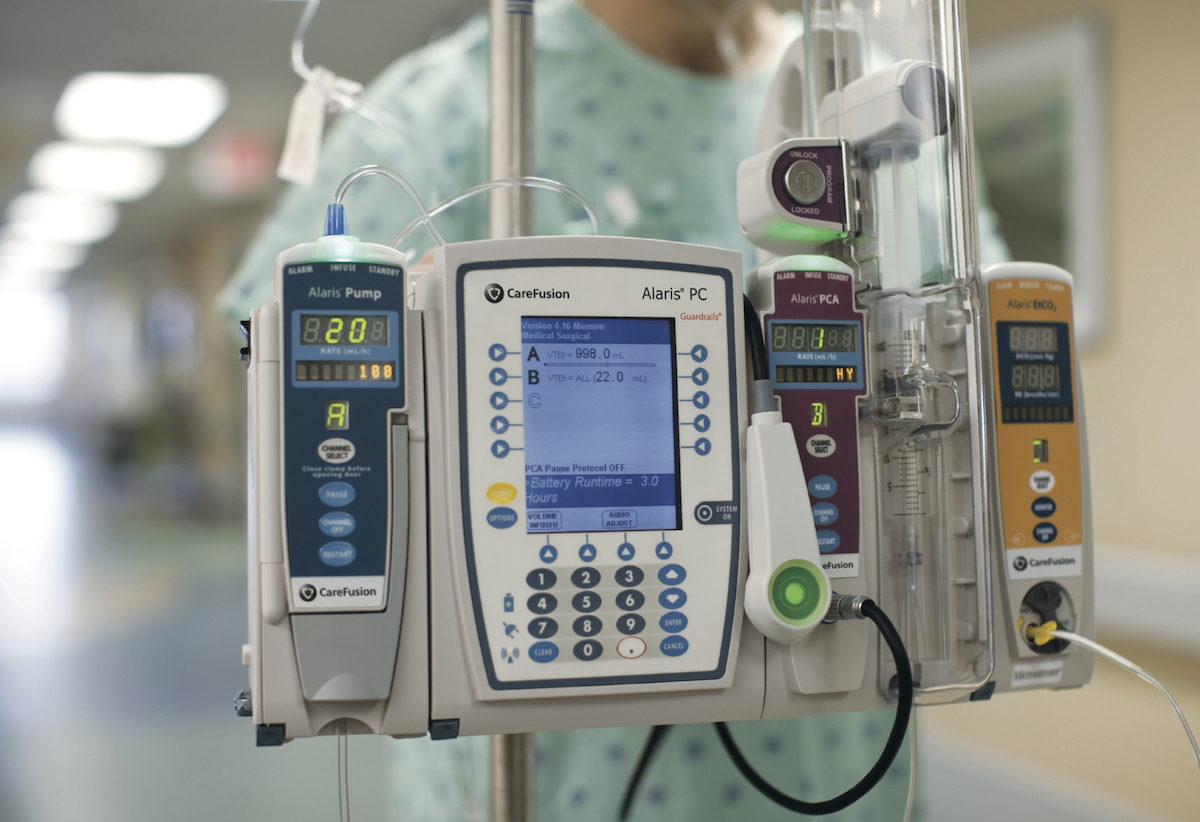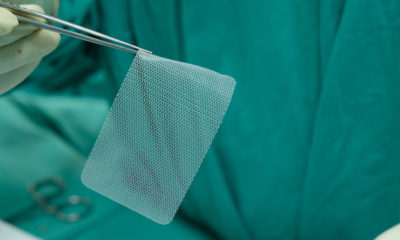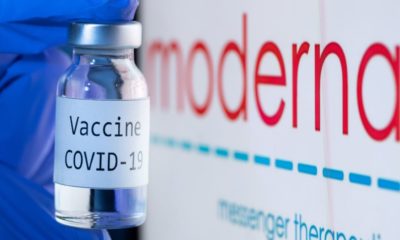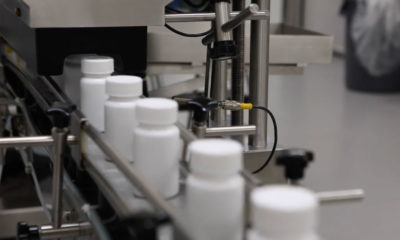It is now possible to discover the presence of cancerous cells throughout the body in just ten minutes, according a recent study. Researchers from the University of Queensland in Australia have developed a special test which can show results after 10 minutes.
The researchers found out that cancer develops a distinct DNA structure when the cells are put in water. The test which has recently been developed is able to locate that structure anywhere in a person’s body. When the test is used, it is possible that cancer can be detected earlier than through current methods.
According to Professor Matt Trau, the discover that DNA molecules which are determined to be cancerous have a unique 3D nanostructure from normal DNA is a major breakthrough. It provides the ability to detect cancer in a non-invasive way from any tissue, including blood.
Portable detection devices which are relatively inexpensive have been developed to be used as diagnostic equipment, maybe even with a smartphone. The focus on early detection is nothing new. Scientists have researched methods for earlier diagnosis because it is known to improve the success rate of treatment.
Researchers from John Hopkins University made the announcement that they had developed CancerSEEK, which is a blood test able to screen for eight different types of cancer. It identifies cancer proteins in samples of blood along with other gene mutations. However, more research is needed before the test will be used throughout the medical community.
How the 10-Minute Test Works
Even with the positive news on the 10-minute test in Australia, it has not been used on humans. Major clinical trials will be necessary before it can be used on potential patients.
The signs are positive based on research that has been completed. Tests were conducted on more than 200 samples of blood and tissue. Cancerous cells were detected with an accuracy rate of 90 percent. At this time, the test has only been used in detecting prostate, breast, bowel and lymphoma cancers. The researchers believe it can be expanded to include other types of cancer as well.
Researchers have looked for a common thread among the types of cancer so a diagnostic tool could be developed that would work for every type. Cancerous cells alter the DNA of cells that would otherwise be healthy. The test can recognize this change in pattern when the cells are placed in a solution like water.
In the research, the cancerous fragments became three-dimensional structures when placed in water as viewed under a high-resolution microscope. The difference was easily recognizable compared to healthy cells placed in water.
Gold particles are used in the test because they bind with the DNA affected by cancer. The result is visible color alterations. The next step will be to develop clinical studies to determine how early cancer can be diagnosed using this test. They will also be looking at whether the test will predict the effectiveness of certain treatments. Other bodily fluids may be used to detect cancer types from the earliest to the later stages.























